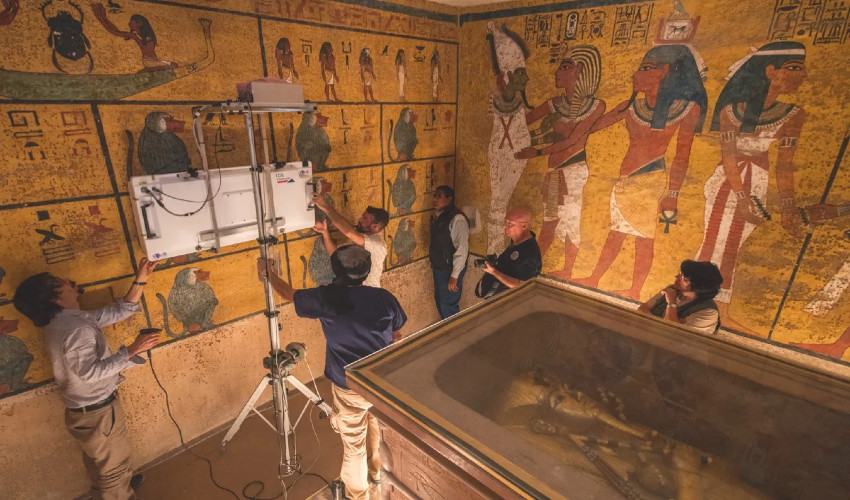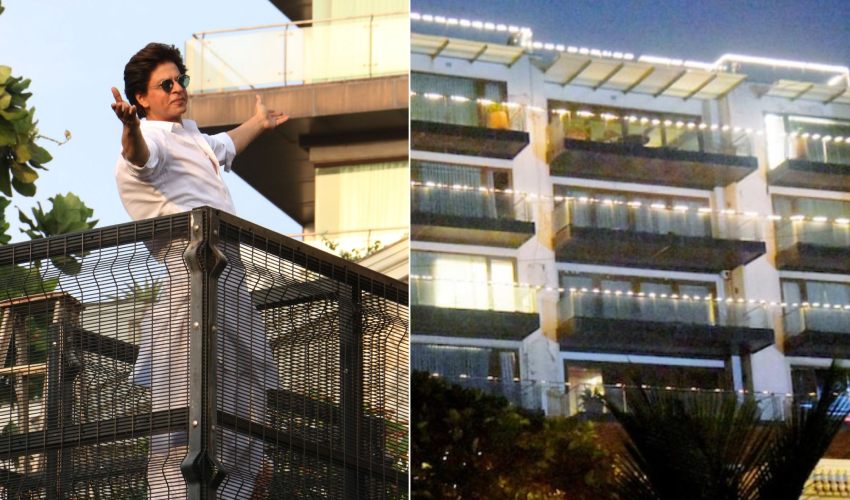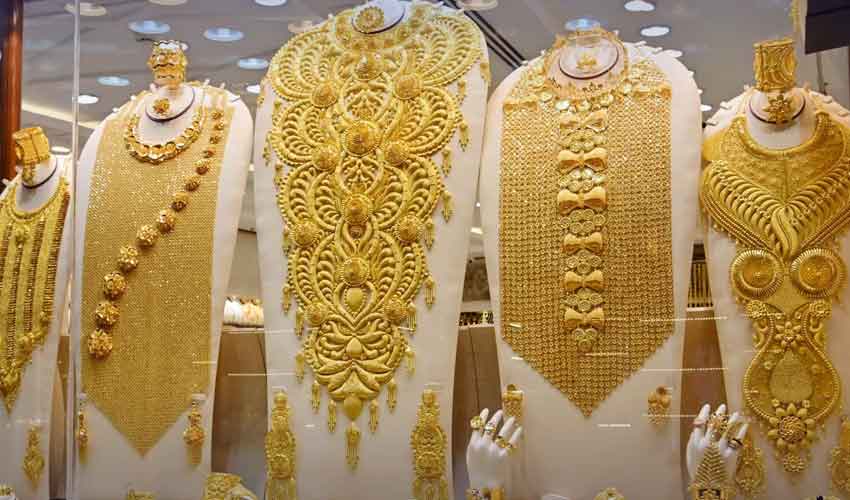Egypt's antiquities authority has announced the discovery of the ancient tomb of King Thutmose II, marking the first royal burial found since the iconic discovery of Tutankhamun's tomb in 1922.
The tomb, located near the Valley of the Kings in Luxor, southern Egypt, dates back to nearly 3,500 years ago and belonged to Thutmose II of the 18th dynasty.
Thutmose II, an ancestor of Tutankhamun, was the half-brother of Queen Hatshepsut, who also served as his consort. Her grand mortuary temple stands on the west bank of the Nile at Luxor, just a few kilometres from the tomb's location.
While preliminary investigations suggest that the tomb's contents were relocated in ancient times, leaving the tomb without the iconic mummy or the gilded treasures found in Tutankhamun's tomb, the Ministry of Antiquities has hailed the discovery as "one of the most significant archaeological breakthroughs in recent years."
The excavation is the result of a joint Egyptian-British mission, led by the Supreme Council of Antiquities and the New Kingdom Research Foundation.
The tomb's entrance was initially located in 2022 in the Luxor mountains west of the Valley of the Kings. At first, it was believed to lead to the tomb of a royal wife. However, further investigation revealed fragments of alabaster jars inscribed with the name of Thutmose II, as well as inscriptions bearing the name of Queen Hatshepsut, confirming it as the tomb of the deceased king.
Shortly after Thutmose II's burial, water flooded the burial chamber, damaging its interior and leaving fragments of plaster bearing parts of the Book of Amduat, an ancient mortuary text detailing the underworld.
Among the tomb's findings were pieces of funerary furniture belonging to Thutmose II, marking the first-ever discovery of such items. Dr Piers Latherland, the mission's chief, stated that the team will continue their work in the area, hoping to uncover more of the tomb's original contents.



























